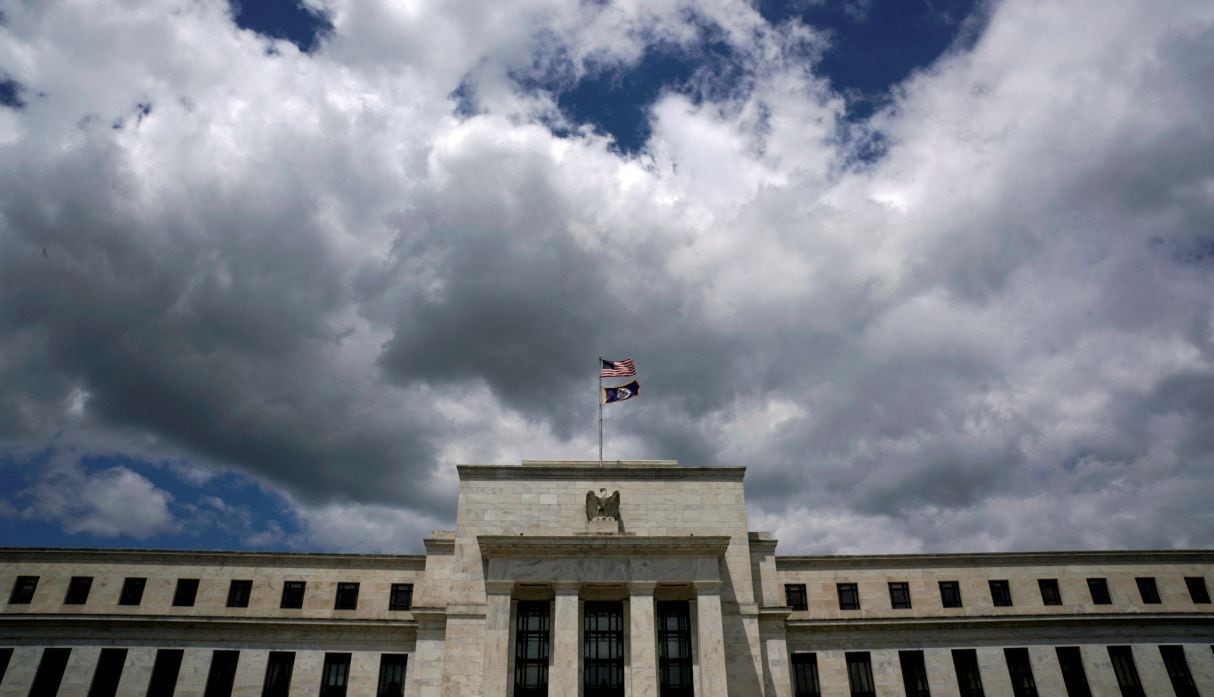
The Federal Reserve will need to continue gradually raising interest rates to beat inflation, two central bank officials said on Tuesday. USA, by warning investors that the costs of credit may ultimately have to rise more than estimated.
“We must remain prepared to continue raising rates for a longer period than anticipated, if that avenue is necessary to respond to changes in the economic outlook or to offset any unwanted loosening in conditions.” Dallas Fed President Lorie Logan said in a speech at Prairie View A&M University in Texas.
The Fed’s policy rate is currently in a target range of 4.50%-4.75%. A US government report released early Tuesday showed consumer prices accelerated in January on a month-on-month reading, though the yearly rise continued to ease.
READ ALSO: Wall Street draws plans for different inflation scenarios
Neither Logan nor Richmond Fed President Thomas Barkin, who spoke in an interview on Tuesday, were too adamant about the inflation report, instead saying overall price pressures remain high.
“It was more or less as expected”Barkin told Bloomberg TV when asked about the latest CPI data, warning that it will take a while for inflation to get close to the Fed’s 2% target again. is at an annual rate of 5.0%.
“Inflation is normalizing but it is coming down slowly”, Barkin said. “I just think there will be a lot more inertia, more persistence in inflation than maybe we all want.”
Self-fulfilling prophecy
Last year, the Fed raised interest rates faster than at any time since the 1980s to combat inflation, and officials said they expected the benchmark overnight rate would need to hit at least 5.1% before it hit. that the policy was “restrictive enough” to alleviate price pressures.
However, following the CPI release on Tuesday, interest rate futures traders now expect the Fed to raise borrowing costs three more times, pushing the policy rate into the 5.25%-5.50% range for July. , if not June.
Logan went on to flag some upside risk to his forecast.
READ ALSO: Do you see a crisis in the American market?
“Even after we have enough evidence that we do not need to raise rates at a future meeting, we will have to remain flexible and further tighten policy if changes in the economic outlook or financial conditions require it.”
The key to that, Logan said, will be an even more substantial slowdown in wage growth and a better “balance” in what is now an “incredibly strong” job market. The unemployment rate fell in January to 3.4%, the lowest since 1969.
While there have been gains in inflation, with a particular moderation in property prices and more recently housing, he said, more is needed, especially for prices of basic services. Without an improvement there, Logan said, inflation could reach 3%, above the target of the fed.
“My view is that, given the risks, we should not be looking at a maximum interest rate or a precise path of rates,” stated.
Asked if it was still true that the central bank risks doing too little rather than too much, Barkin said the need to quell inflation is the priority, though he added that incoming data would guide the Fed.
“It seems to me that the risk is on the side of inflation at this point rather than the side of the economy,” Barkin said. “If inflation settles, we may not get as far, but if it persists at levels well above our target then we may have to do more.”
Meanwhile, Philadelphia Fed President Patrick Harker said the central bank has not finished its round of interest rate hikes to reduce inflation yet but is likely close.
Source: Gestion
Ricardo is a renowned author and journalist, known for his exceptional writing on top-news stories. He currently works as a writer at the 247 News Agency, where he is known for his ability to deliver breaking news and insightful analysis on the most pressing issues of the day.












